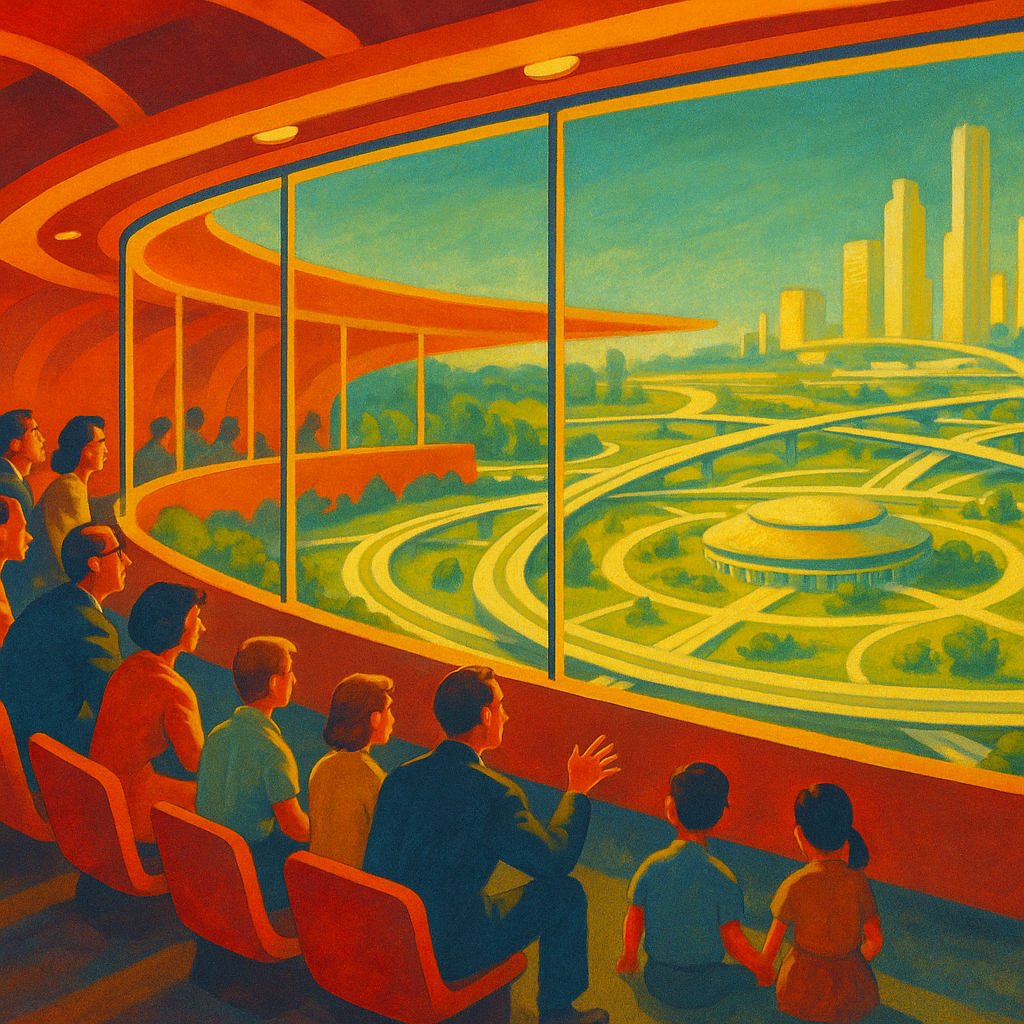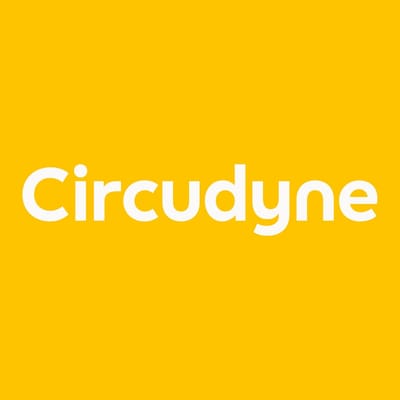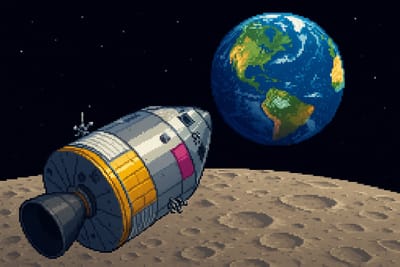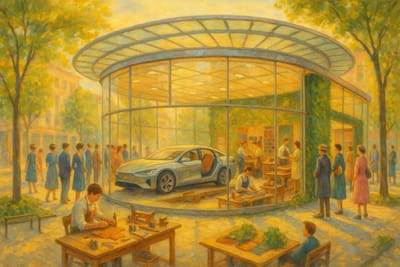"What Would Have To Be True?"

The Question Circular Economy Needs
A new series begins with this issue of the Letter.
The theme of this new season is: A Circudyne Odyssey. For the next dozen issues we’ll cover formative ideas, concepts, and strategies that inform and inspire our approach to circular transformation.
It will come as little surprise where our journey begins: what Roger Martin refers to as the most valuable question in strategy: “what would have to be true?”
This question is the most common citation in the feedback I’ve provided to dozens of professionals coming through the Circular Economy Masterclass.
Situation
Innovation requires catalytic thinking. But there are different approaches to structuring provocative starting points.
Design thinking’s provocation is “How Might We?” (HMW). It is compatible with its cousin, the lean startup (not to be confused with Lean as we have analyzed it previously).
Both emphasize product-market fit and rapid iterative prototyping, and aim to deliver a minimum viable product (MVP).
For these reasons, the combination of HMW and MVP is best suited for sustaining innovation. It implicitly asks the strategist to start where they are, rather than where they want to be.
A different approach is required for disruptive innovation. And circular transformation is a disruptive process.
As Lloyd George said, “the most dangerous thing is to cross a chasm in two leaps.” One cannot A|B test one’s way to system change.
Roger Martin’s solution is to approach the problem from the other side: “what would have to be true?” WWHTBT?
Complication
HMW asks "how can we solve this?" before asking "what conditions would make this solvable?" This works when you're designing within stable systems. It fails when you're trying to transform the system itself.
Example reframing:
- HMW: "How might we make electronics collection more convenient?"
- WWHTBT: "What would have to be true for electronics collection to be as natural and profitable as today's best-in-class electronics retail?"
The second question surfaces infrastructure requirements, economic models, and behavior change architecture that the first misses.
Resolution
WWHTBT offers three strategic benefits that make it essential for circular transformation:
1. Decomposes logic from data
Teams almost always agree on logic (what would need to be true), but fight about data (what is true right now). By separating these, WWHTBT enables "rigorous thinking together before any data is collected."
In circular transformation, this is critical because we are building futures that don't exist yet. WWHTBT lets you build consensus on required conditions, then work together to create them—rather than endlessly debating whether circular models "will work."
2. Focuses on creating futures, not analyzing presents
As Martin writes: "'What is true?' focuses entirely on the here and now... there is no data about the future—yet." Linear business models optimize for current realities, accepting existing constraints as immutable facts.
WWHTBT asks: What conditions would need to exist for circular models to win? This optimizes potential outcomes rather than compromising with existing constraints.
3. Provides ongoing evaluation
Martin's daily practice: "When you arrive at your desk every morning, pull out the WWHTBT for your strategy and ask: Is our WWHTBT still true?" This creates a rhythm for evaluating whether your enabling conditions are materializing or whether the world has evolved in ways that require strategy revision.
Methodological Evolution: Beyond "How Might We?"
The difference becomes clear in practice. Design thinking's "How Might We?" generates solutions to stated problems—valuable for product innovation. Circular transformation additionally requires worldbuilding: designing system architecture before specifying point solutions.
The "What Would Have To Be True?" provocation:
- Forces articulation of enabling conditions, not just desired outcomes
- Reveals dependencies and sequencing that "How Might We?" can obscure
- Creates shared understanding of required architecture before discussing implementations
- Generates deeper commitment through co-discovery rather than receiving recommendations
Opening with WWHTBT instead of HMW produces fewer but more systematic concepts—focusing energy on systems architecture rather than operational features.
WWHTBT Across Circudynamics Domains
Martin's framework enables the trans-disciplinary, trans-temporal coordination that circular transformation requires.
Horizons: Future-Forward Optimization
WWHTBT takes a future-forward perspective by design. Instead of "Given current infrastructure and consumer behavior, how might we make circular products 10% more convenient?" you ask "What would have to be true for circular products to be the obvious, default choice?"
The first question accepts defeat before starting. The second designs victory conditions.
Living Futures: Consensus on Possibilities
WWHTBT facilitates consensus on new worlds because teams can agree on logic even when they disagree about data. When diverse experts—materials scientists, business strategists, behavioral economists, policymakers—imagine circular futures, they don't need consensus on current market data. They need consensus on what conditions would make the future work.
This provides its own reconciliation process for worldbuilding: participants can agree on logic more easily than they can on contested facts.
Catalysts: Technology Pulled by Purpose
WWHTBT positions technology correctly within the Strategy Choice Cascade: as an enabler pulled by winning aspiration, not a driver pushing itself forward. Technology sits at the capabilities level—its purpose pulled up the cascade by strategic choices.
This prevents the failure mode: "We have blockchain/AI/IoT... let's find a circular application." WWHTBT forces the opposite: "For this circular future to exist, what technological capabilities would have to be true?"
Connection: Decoupling Preferences from Solutions
WWHTBT decouples consumer preferences from existing solutions, getting to the qualitative heart of what people value rather than forcing choices between existing Options A and B.
(In other words, it identifies the job to be done, which is a subject for later.)
Traditional research asks: "Would you prefer this circular product or this linear product?" This locks in current solution architectures.
WWHTBT asks: "What would have to be true for people to naturally choose circular options?" This surfaces underlying values like convenience, quality, status, trust, and habit that shape behavior.
Craft: Trans-Disciplinary Consensus
WWHTBT facilitates trans-disciplinary consensus by relying on the logic of victory rather than the validity of disputed facts.
Circular transformation requires coordination across disciplines that rarely agree: engineers and marketers, CFOs and sustainability officers, operations and innovation. Each brings different "facts" about what's possible.
But teams can agree on logic even when they fight about data. "What would have to be true for this circular model to win?" builds consensus on required conditions, then determines whether those conditions can be created.
This is the logic of victory: focus on what must be true for success, not what is true about current constraints.
The temporal architecture is equally critical. WWHTBT inherently surfaces what must happen first, revealing sequencing and dependencies—the temporal architecture that circular transformation requires but linear planning obscures.
The Implementation Challenge
Martin's challenge: "You have been trained your entire life to ask 'what is true?' Try instead to force yourself first to ask: WWHTBT?"
This is wise counsel for circular economy innovators. You cannot fact-check futures that don't exist yet. What you can do is design the conditions that make them possible.
Below the paywall: Ready-to-use WWHTBT prompts across all five Strategy Choice Cascade levels, plus practitioner notes on building logic consensus, identifying temporal dependencies, and generating team commitment through co-discovery rather than recommendations.

Subscribe to continue reading






